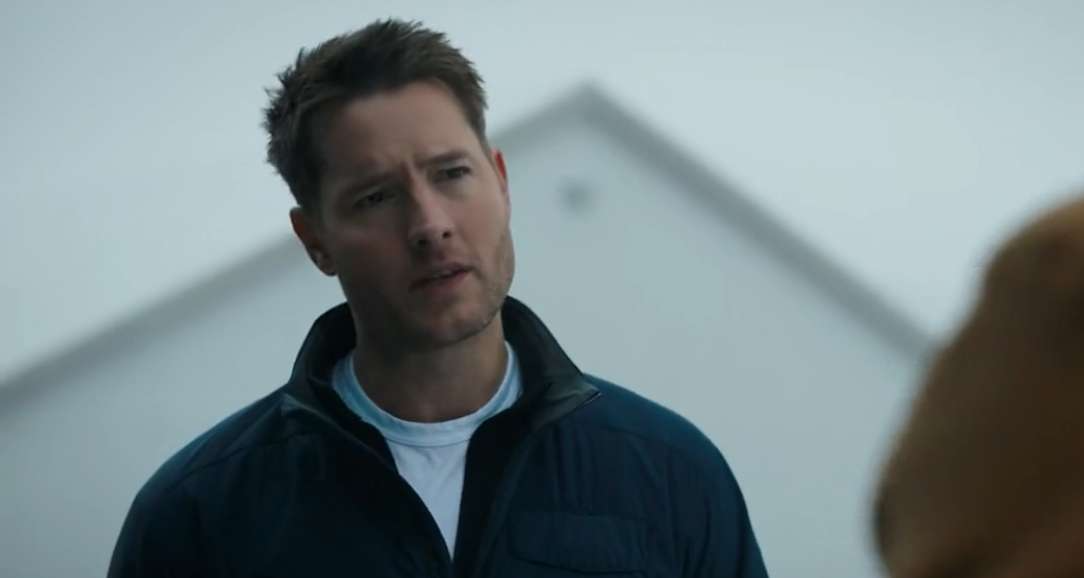
At its surface, Tracker is a drama about a man solving mysteries across the country. But if you look closer, it’s also a rich, cinematic portrait of America itself—its highways and byways, its rural silence and urban chaos, its beautiful contradictions. Every episode takes place in a new location, and each setting feels lived-in, specific, and symbolically powerful.
This article explores how Tracker uses geography not just as a backdrop, but as a storytelling device. Colter Shaw’s travels don’t just solve cases—they reveal the heartbeat of a nation in flux.
The Road as a Character
Most shows take place in a single city or region. Tracker breaks that mold by treating America as its set. Colter’s endless journey across deserts, forests, small towns, and big cities makes the road itself a recurring presence—almost a character.
Each episode begins with a new landscape and a new set of social dynamics. This constant change reflects Colter’s internal journey and underscores one of the show’s themes: you can never go home again, but maybe the road can teach you something else.
Rural Towns and Forgotten Communities
Many episodes are set in rural or working-class towns—places that rarely get screen time in prestige TV. These towns are shown with empathy, not condescension. They may be poor or struggling, but they’re also full of resilience, history, and layered relationships.
In one episode, Colter visits a farming town torn apart by environmental disputes. In another, he finds himself in a fading mining town, where generations of labor are etched into the buildings and the people. These settings give voice to the America that doesn’t make headlines—and invite viewers to understand what gets left behind when cities move on.
Urban America: Density, Diversity, and Disconnection

While small towns dominate many episodes, Tracker doesn’t shy away from cities. Urban episodes explore race, class, surveillance, and overcrowding. In one episode set in Chicago, Colter navigates gentrification and gang dynamics. Another episode in New Orleans grapples with post-Katrina trauma and displaced communities.
Cities in Tracker are painted with nuance: vibrant but fragmented, full of opportunity but also danger. Colter is often a fish out of water in these environments, but his observational skills help him find truth among the noise.
Landscape as Emotional Terrain
The landscapes of Tracker do more than establish mood—they reflect Colter’s emotional state. A dusty desert might mirror his isolation. A cold, mountainous forest might suggest the emotional wilderness he’s trapped in. A sunny coastal town might offer a temporary illusion of peace.
Directors use framing, weather, and natural light to turn geography into metaphor. When Colter gets closer to the truth, the camera pulls back to reveal wider horizons. When he’s stuck, the world closes in. These visual choices elevate the series from procedural to poetic travelogue.
America’s Divides on Display
By traveling across regions, Tracker exposes the nation’s cultural and political divides. Some towns welcome Colter’s help. Others see him as a threat. In one conservative community, his outsider status makes him suspect. In another, a liberal enclave mistrusts his methods. In each case, Tracker uses geography to explore what unites and divides us as a people.
Issues like gun culture, immigration, policing, and poverty aren’t lectured about—they’re embedded in the stories of missing persons and those searching for them. Through Colter’s eyes, viewers glimpse a country that’s both fractured and deeply interconnected.
Every Stop Is a Mirror
Colter Shaw is more than a man solving puzzles. He’s a wandering mirror, reflecting back the struggles and values of each place he visits. His presence often forces local characters to confront truths they’ve avoided—about their relationships, their secrets, and their communities.
And in return, each place changes Colter a little. He arrives as a professional, but often leaves more emotionally involved than he expected. The road strips away his detachment and reminds him that he, too, is part of the human fabric he’s observing.
Filming Locations and Authenticity
One reason Tracker feels so immersive is that it often uses on-location shooting or convincing stand-ins. The production team puts effort into making each episode’s setting feel authentic—from the architecture to the accents, the clothing to the cuisine.
Even when fictionalized, each community has a clear identity. Local law enforcement may wear different uniforms. Hospitals look different. Schools reflect real disparities. This attention to detail gives the show a documentary-like authenticity, helping audiences believe in Colter’s journey and the people he helps.
The Myth of the American Drifter Reimagined
In some ways, Tracker revives the American myth of the lone traveler—a tradition that runs from westerns to road movies. But Colter Shaw isn’t a gunslinger or an outlaw. He’s a modern version of that archetype: empathetic, observant, and motivated by healing rather than vengeance.
His nomadic life isn’t romanticized. It’s lonely, exhausting, and morally complicated. But it allows the show to explore many Americas, one episode at a time.
Conclusion
Tracker is more than a mystery-of-the-week series. It’s a geographic mosaic—a visual and emotional journey through the diverse, conflicted, beautiful terrain of the United States. By following Colter Shaw’s path from state to state, the show offers a rare look at the local stories, forgotten towns, and personal heartbreaks that define a nation.
In a time when America often feels divided, Tracker reminds us that every place has a story. And sometimes, the only way to hear those stories is to hit the road, keep your eyes open, and listen—to the wind, to the people, and to the land beneath your feet.
